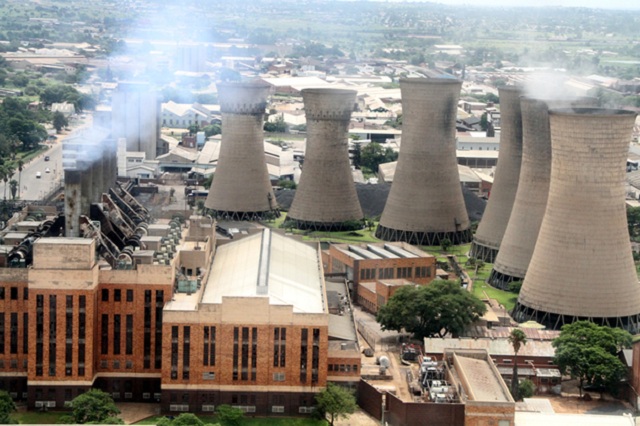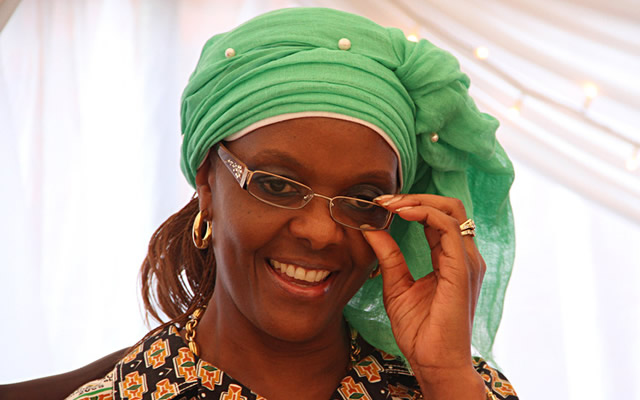Coal output slump hits power plants

Bianca Mlilo, Business Reporter
A SLUMP in coal output has reduced the Zimbabwe Power Company’s electricity generation capacity to around 1,000MW from about 1,200MW.
Power generation statistics as of yesterday morning indicated Munyati Power Station was producing 27MW, Bulawayo 23MW, Harare: 0MW, Kariba: 467MW and Hwange 560MW, bringing the total combined power generated to 1,077MW.
ZPC indicated in its report that coal stocks were at an average of 252,283 tonnes on a daily basis for the week May 18-24, 2016 consumed to daily coal consumption that ranges from 390,000t to 490,000t. It said the target delivery was 520,000 a day.
“(Harare) Station 3 was shut down on May 23, 2016 at 1005hrs to build up coal stocks in preparation for the commissioning of the TA1 rotor,” reads part of the report.
Zimbabwe imports about 350MW from regional producers to cover the energy supply gap.
The decrease in coal deliveries has been attributed to a slump in production figures by coal mining entities in the country.
With Hwange Colliery Company Limited (HCCL) facing viability challenges and competition from new players, experts say the country’s second largest coal miner, Makomo Resources and other smaller entities do not have sufficient capacity to meet domestic demand.
The Chamber of Mines 2016 first quarter performance report indicates that coal recorded a slight decrease in volumes as compared to the same period last year.
The 2015 total volume was 1,380,642 tonnes and the total 2016 volume was 1,374,250 tonnes. The report has projected production of 3,726 million tonnes of coal for 2016.
Coal is one of Zimbabwe’s most available minerals and the country’s biggest miner, HCCL produces an average 6,2 million tonnes of coal per annum.
Low power generation has also been exacerbated by incessant equipment breakdowns in the three thermal power stations whose machinery has outlived its lifespan.
As a result the giant thermal power station in Hwange no longer produces at its 920MW capacity and in some days falls as low as 270MW.
Zimbabwe’s electricity shortage has largely been attributed to lack of investment in new power plants.
However, the government is addressing the situation through a number of initiatives among them the expansion of Kariba and Hwange power stations as well as the licensing of independent power producers.
Last year, Finance and Economic Development Minister Patrick Chinamasa announced that China had committed to provide about $1,2 billion loan for the rehabilitation of Hwange Thermal Power plant.
As a result, the power plant is being expanded with the addition of Units 7 and 8.
A similar expansion programme is also being undertaken at Kariba and the projects are at different stages of expansion.
The expansion programme would see Kariba South adding 300MW while 600MW will be added at Hwange.
Energy and Power Development secretary Partson Mbiriri has said demand for electricity has significantly declined since 1999 owing to slowdown in economic activity in recent years.
He said the country was facing a deficit of 400MW against a demand of 1,400MW.









Comments